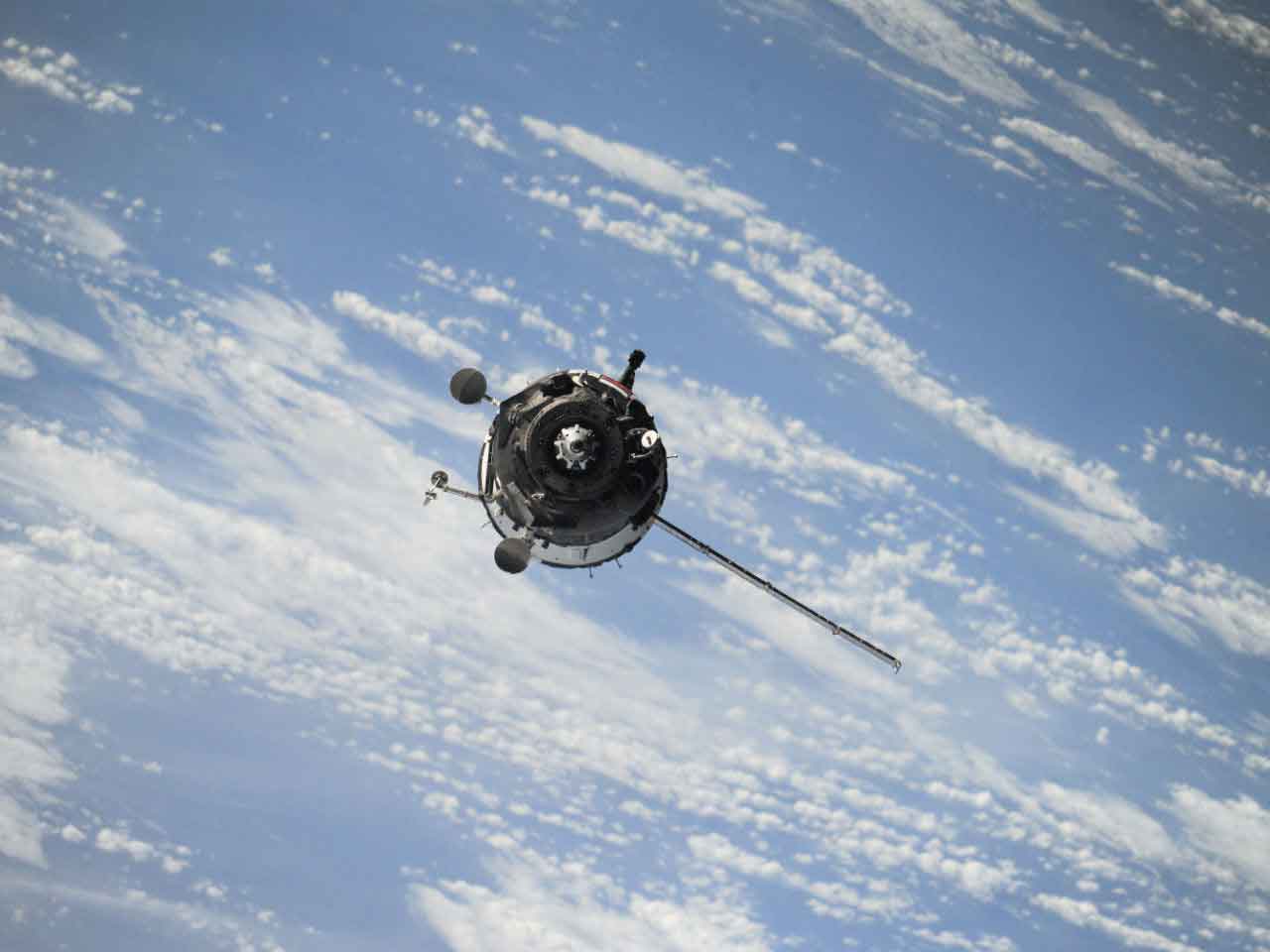Ceramics for Satellite Technology
The explosion in satellite usage is driven by reductions in size and cost – both operational and build/launch cost enabling the latest technology to compete with earth bound solutions.
Size and efficiencies now mean private launch vehicles regularly deliver 80 plus satellites at a single launch into orbit – reusable and lower cost vehicles used to escape the earth’s gravitational field, delivering satellites of an increasing diverse range and application.
The options for propulsion have never been more diverse once in orbit with the traditional boosters being replaced with mainly electrical solutions such as Ion Thrusters, HET (Hall Effect Thrusters) and a myriad of options based on the requirement of the mission.
The satellite choices for propulsion also are driven by the altitude requirements to fulfil the mission including low earth orbit, medium and high earth orbits, geostationary orbits and interplanetary missions.
Where once the relatively low number of launches limited the scope of design and manufacture, options are now available with size, thrust, propellant and lifetime sufficient to specify exactly the mission criteria without breaking the bank.
The numbers of companies involved has also increased, from the largest of organisations – NASA, ESA, and ROSCOSMOS – into more of the new players; JAXA, ISRO, CNSA, and now a newer band of commercial companies, each focusing on a core system or integrating systems into a complete package.
An electrically powered spacecraft propulsion system uses electrical and possibly also magnetic fields to change the velocity of the spacecraft. Most of these systems work by electrically expelling propellant at high speed; the gas propellant is ionised and accelerated over an insulator where the electrical potential increases the speed of the propellant.
The thrust generated is not as powerful as solid or liquid propellants but over time the consistent thrust can achieve higher speeds for exploration or be used in station keeping, thus extending the life of a satellite.
Electric propulsion is cheaper, more flexible and requires less weight to be lifted into orbit with a lot of the thrust energy developed by harvesting photovoltaic electrical energy and not from carried fuel.
It’s envisaged that by 2020 over 50% of satellites will use electrical propulsion.
The Engineer
The main growth area for satellites is in the low earth orbit area, an altitude band of between 160-2000 km above the earth. Below 160 km, the atmospheric drag reduces the lifetime and requires additional thrust to counter the effect.
This is the most popular of the of the orbit bands with the vast majority of satellites in this region and is also the cheapest to reach. Earth Imaging and communications satellites use this region of space.
Medium earth orbit is above 2000 km and between 35,786 km. The advantages of this orbit are less resistance to atmospheric drag; the orbiting speeds allowing two orbits in a 24-hour cycle is attractive to some systems, and the reduced gravity is attractive for some science experimentation.
The higher altitude requires higher transmission power, more expensive for positioning and delays in communication. Communications and navigation satellites use this orbit band.
GEO or geostationary orbit is at 35,786 km. This orbit allows station keeping to a specific spot above the earth enabling monitoring and a fixed contact point without the need to track the satellite. This altitude also gives a wide field of coverage, but it is expensive to reach and requires high power to maintain communications.
High earth orbit is beyond 35,786 km and tends to be for satellites that are studying the earth’s magnetic field from outside its influence.
Satellite sizes
- Large satellites are classed as weighing more than 1,000kg
- Medium satellites are classed as weighing between 500-1,000 kg
- Small satellites of Below 500 kg have been sub-categorised
- Minisatellites 100-500kg
- Microsatellites 10-100 kg
- Nanosatellites 1-10kg
Part of the Nano satellite range is the standard CubeSat format, a CubeSat is a square shaped structure 10cm x 10cm x 10cm weighing between 1 and 1.33kg. This is known as 1U. 1U is a standard building block and satellites comprising of 1.5U, 2U, 3U or 6U are common.
Due to their size and standardisation CubeSats are popular due to cost and ease of manufacture.
Picosatellites less than 1 kg
Sub-classifications of Pico satellites are being considered due to the demand in this sector.
Larger satellites are bespoke to a particular mission. Highly expensive with multiple failsafe systems, these can easily take years to develop as the technology may have to be evolved and require the agreement of multiple agencies due to mission cost. It is not uncommon for such systems to take 5-10 years from initial concept to launch.
Nano satellites can be rapidly developed from basic building blocks. Large numbers of small satellites, a cloud, spreading the risk of failure, speeding the development time from initial idea to launch to below a year. This technology is rapidly evolving and the lifetime of such a Nano Satellite is limited which matches the pace of technology so the equipment life fits the equipment obsolescence. Used in low earth orbit, cheap to replace and launch in volume, this is the growth end of the market with customers looking at ever expanding networks. These tend to be in the altitude band of between 400 km to 650 km travelling at 8 km per second.
The wide range of sizes and systems is constantly developing, but our main focus will be on the most common types of Hall Effect and Ion thruster technologies which are covered in separate tabs.

